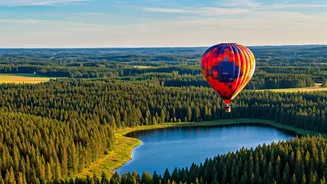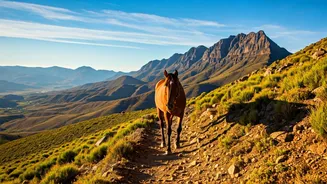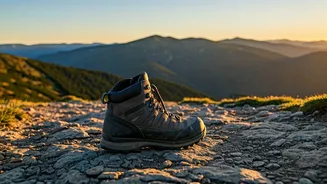Preparing for Adventure
Before venturing out, adequate preparation is key to ensuring a successful and enjoyable experience. This includes careful planning of the route, checking
weather forecasts to anticipate changing conditions. It’s also essential to acquire the correct gear. Essential equipment could include sturdy hiking boots for the varied terrain, a well-fitting backpack for carrying supplies like water bottles, snacks, and any extra layers of clothing. Having navigation tools, such as a map and compass or a GPS device, helps to stay oriented and to be safe. Additionally, inform someone about your hiking plans, including your route and expected return time. The aim is to maximize safety and comfort throughout the journey. Planning and preparation play a vital role in making the trek memorable and safe.
Ol Doinyo Lengai's Trek
The Ol Doinyo Lengai hike is an unparalleled journey for those looking for a distinctive experience. It demands a higher degree of preparation and endurance than usual hikes. Hikers should expect to ascend through variable altitudes. The journey frequently begins in darkness, so headlamps or torches are non-negotiable. The ascent often includes sections with loose volcanic rock, thus making the hiking boots even more critical. The high altitude and the potential exposure to extreme weather conditions, like scorching heat during the day and freezing temperatures at night, necessitate careful attention. Hikers are often rewarded with the unique experience of witnessing the active volcano, the only one of its kind in the region, and breathtaking sunrises and sunsets. The hike should be carefully planned for safety.
Navigating Difficult Terrains
Navigating the terrain is central to capturing those breathtaking views. The trek could involve traversing through uneven ground, steep inclines, and slippery surfaces, which requires a mindful approach. The best practice is to take small steps, and plant each foot securely. Utilize hiking poles, to improve stability and lessen pressure on joints, which aids in maintaining balance. Be alert and watch out for falling rocks. Staying hydrated, and regulating pace prevent exhaustion. Also, be aware of the changing weather, as visibility can decrease. Knowing how to read the landscape and the signs of any potential dangers is key. Remaining focused, patient, and resilient is key to overcoming the physical demands of this adventure, while ensuring safe and rewarding views.
Cultural Significance
Beyond the physical challenges and scenic beauty, the adventure often presents opportunities to connect with the local culture. Learning about the local culture, customs, and traditions of the area enhances the overall experience. Consider researching the history and significance of the locations you traverse. This cultural context enriches the experience and helps cultivate respect for the land and its people. Engage respectfully with locals, and take opportunities to learn. Experiencing local hospitality, like sharing meals or observing cultural practices, can provide insight into the local community. Engaging with the local culture contributes another layer of appreciation of the adventure, transforming it from a simple journey into a comprehensive experience of discovery and understanding. Learning the culture will elevate the experience.








